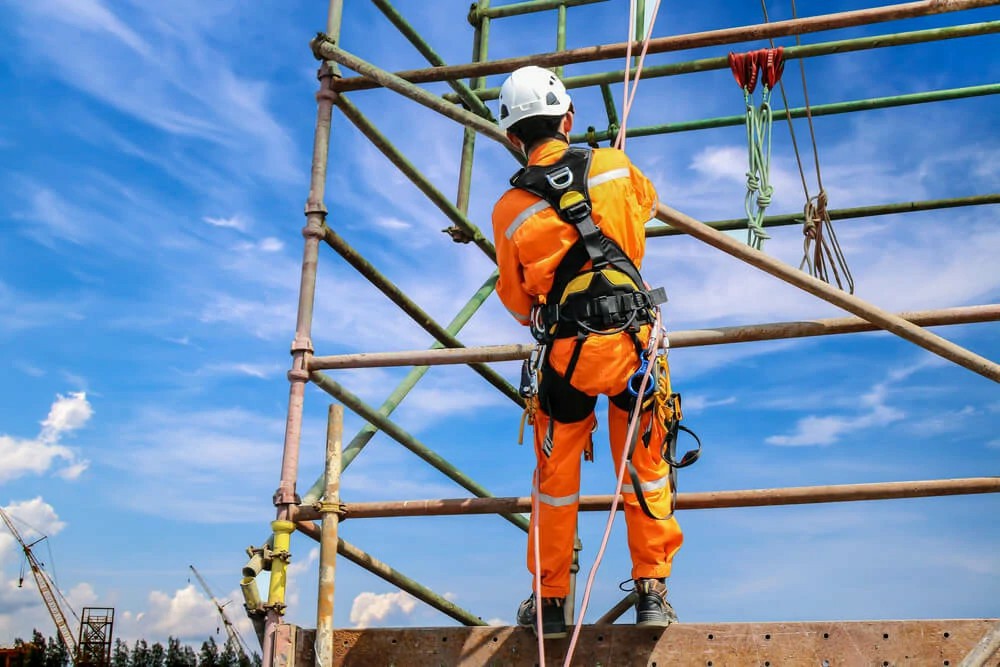


 349,500 Offered Certificates
349,500 Offered Certificates
 24/7 Online Training
24/7 Online Training
 Money Back Guarantee
Money Back Guarantee
 Fully Accredited Courses
Fully Accredited Courses

Created at: 22-02-2025 14:27
In Ireland, working at heights is a critical concern for employers and employees alike. As construction sites become more complex and varied, understanding the legal requirements surrounding Working at Heights training is essential for ensuring safety in the workplace. This blog delves into the legal framework as defined by the Health and Safety Authority (HSA) and the Health and Safety Executive (HSE), employer obligations, and penalties for non-compliance.
Working at heights presents substantial risks, and accordingly, Ireland has established robust legal requirements to protect workers. The HSA outlines the necessity for Working at Heights training to comply with the Safety, Health and Welfare at Work Act. This legislation mandates employers to ensure their employees are adequately trained to work safely at heights.
The HSA is the primary body responsible for enforcing workplace safety laws in Ireland. Their guidelines state that any work conducted at a height where an employee could fall and injure themselves necessitates specific training and safety measures. This is echoed by the HSE, which emphasizes the importance of risk assessments and the provision of proper training for employees.
Employers have a legal duty to:
Furthermore, employers must maintain records of training and ensure ongoing education to keep safety knowledge up to date.
Failing to adhere to the legal requirements for Working at Heights training can lead to serious penalties, including:
Ensuring compliance with Working at Heights training regulations is not merely a legal obligation; it is a critical component of fostering a culture of safety within any organization. Proper training helps in:
To ensure compliant and effective Working at Heights training, businesses can take the following actions:
Don’t wait until it’s too late—ensure your team is equipped with the knowledge and skills needed for safe working practices at heights. Enroll your employees in a Working at Heights course online or seek out a local Working at Heights Certification Dublin course tailored for businesses in the area. For more information, visit Ireland Safety Training or contact us at [email protected].
In conclusion, understanding the legal requirements for Working at Heights training in Ireland is paramount. Compliance not only ensures the safety of your employees but also protects your business from legal repercussions and enhances its reputation. Start your journey to a safer working environment today.